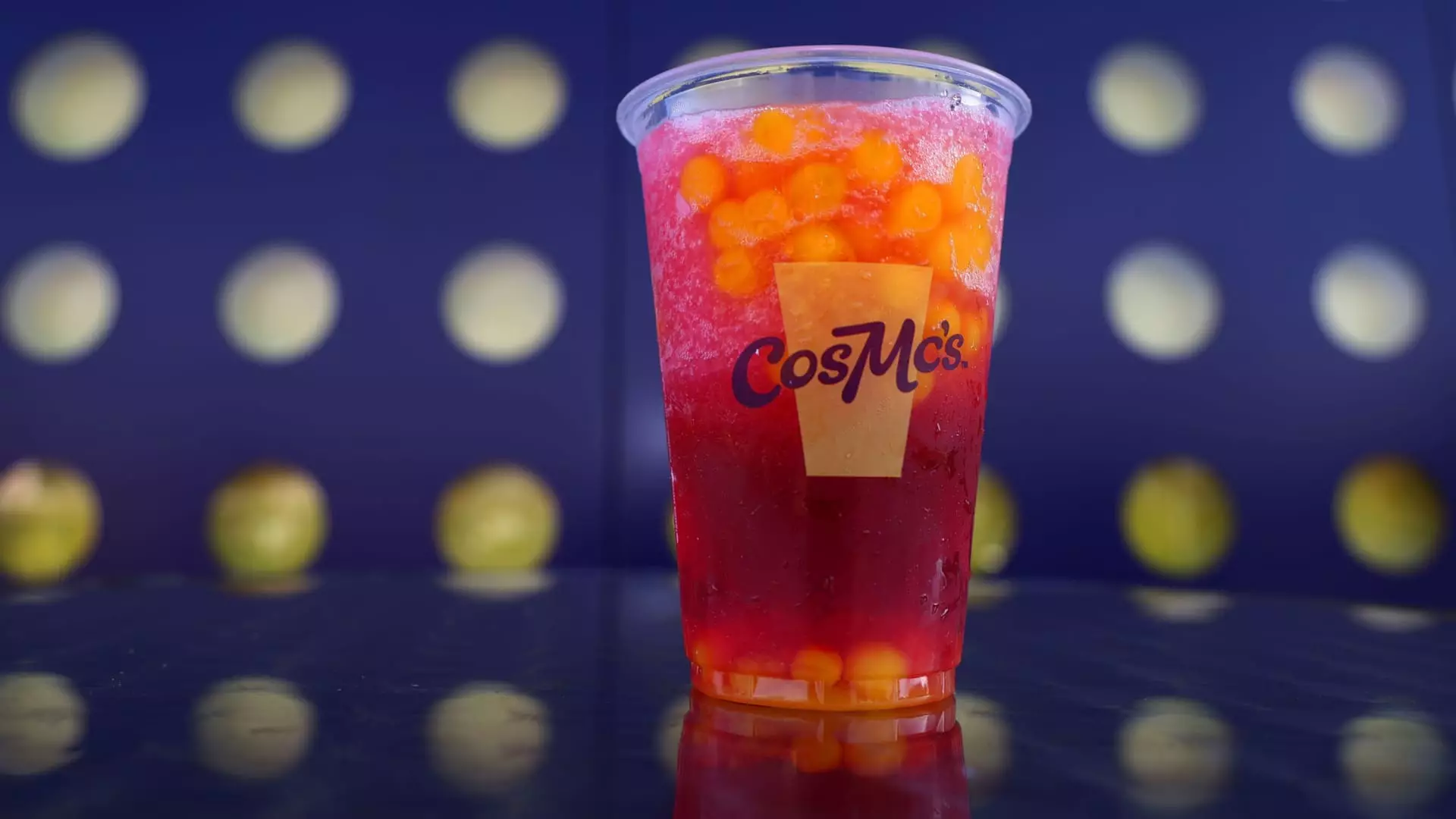Fast-food chains have long relied on the allure of burgers and fries, but a seismic shift has emerged—the beverage battleground. In an attempt to woo the younger demographic that thrives on novelty, fast-food giants are redefining their beverage offerings. Chains like Chick-fil-A have surprised customers with seasonal delights like Pineapple Dragonfruit drinks, while Taco Bell’s pioneering venture, Live Mas Café, showcases that drinks can be exhilarating, diverse, and, above all, profitable. This beverage revolution may very well signal a change in how fast-food establishments connect with their customers, especially Gen Z, who are shaping a more colorful and flavorful dining landscape.
It’s All About Flavor and Trend
The contemporary consumer is no longer swayed by traditional sweetened carbonated drinks. Instead, they seek unique flavors, vibrant colors, and invigorating caffeine-infused concoctions. Fast-food chains are responding to this shifting palate by expanding their beverage menus with exciting new drink options. According to Datassential, a market research firm that tracks emerging trends, specialty iced coffees, agua frescas, and high-sugar energy drinks are gaining traction. Restaurants are leveraging the latest trends to satiate a demographic that is known for its adventurous tastes and collective thirst for innovation.
The rise of specialty drinks has also opened the door to exploring the possibilities of unusual ingredients. From the trendy appeal of bubble tea to the intriguing concept of “dirty soda,” where syrups and juices are mixed with soda, the beverage space is a concoction of creativity. Regions have reported a surge in coffee shops challenging the established likes of Starbucks, and bubble tea’s staggering popularity is inspiring chains to experiment with boba-inspired offerings beyond the conventional.
Gen Z: The Flavor Pioneers
Unlike previous generations, Gen Z exhibits an unparalleled openness to new flavors and global influences. This versatility presents a fascinating opportunity for fast-food chains to tread into uncharted waters. Aiming to capture their attention, brands are daringly integrating bold ingredients, from butterfly pea flowers to yuzu, enriching their drink menus. Wendy’s, for example, has introduced blueberry pomegranate and pineapple mango lemonades, a quintessential reflection of the exploratory spirit that defines today’s youth. This dynamic age group craves freshness and excitement in their beverage choices, giving the fast-food industry license to indulge in flavor experimentation.
Interestingly, while sugar-laden drinks may not align with health-conscious narratives, young consumers see them as treats rather than dietary threats. As Claire Conaghan of Datassential phrased it, these beverages are viewed through the lens of “little treat” culture. Fast food isn’t escaping scrutiny, but younger consumers have reconciled their indulgences with a conscious awareness of their choices.
Beverages as a Profitable Pathway
As fast-food chains shift focus, beverages have emerged as a vital revenue stream. The staggering truth is that drinks, often viewed as ancillary items, are proving to have greater profit margins compared to traditional menu iterations. The effortless nature of substituting flavors means new drink concoctions come with lower operational risk, allowing establishments to capitalize on consumer interest with minimal effort.
Brands like El Pollo Loco have recognized this potential, expanding into fruit-infused agua frescas that tap the burgeoning consumer desire for fresh and flavorful offerings. Wendy’s also aims to convert a significant portion of its customer base—currently, around 30% of guests opt not to include drinks in their orders—into devoted beverage purchasers.
Taco Bell’s Drink-Centric Future
The future of the beverage industry is also taking root at Taco Bell, which has set ambitious goals for its drink offerings. The company’s Live Mas Café project aims to transform its beverage segment into a core component of its business model, with aspirations of achieving $5 billion in beverage sales by 2030. This aggressive ambition has motivated Taco Bell to innovate continuously, introducing enticing mixtures like the creatively crafted “Dirty Baja,” which adds cream to Mountain Dew’s signature Baja Blast. The venture has already yielded impressive transaction growth, showcasing that consumers respond enthusiastically to innovative beverage choices.
As Taco Bell pursues bold partnerships and new drink concepts, it’s also a reflection of a broader trend in the food industry: enabling brands to re-evaluate and reimagine their approach to beverages as focal points of customer interest and profits.
In this age of rapid change, the fast-food beverage revolution illustrates how vital responsiveness to consumer preferences is. The brave new world of fast-food drink innovation not only offers a wild array of flavors but also fortifies the industry’s ability to adapt, thrive, and evolve in an increasingly competitive market.


Leave a Reply